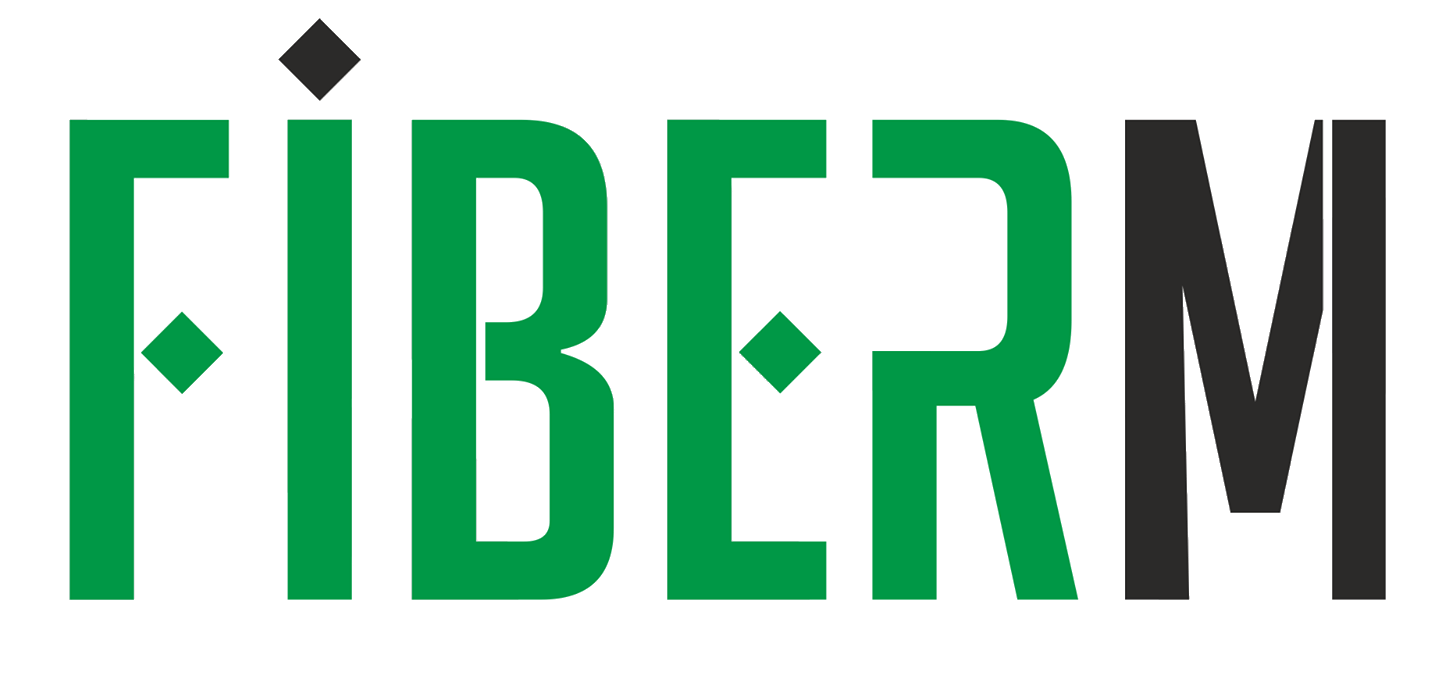Orders placed before 4 p.m. are processed on the same day.
Cable chambers are commonly used in telecommunication networks, installed along cable routes as well as at their endpoints. They serve primarily to protect splice enclosures from mechanical damage and to store excess telecommunication cables laid in cable ducts. They function as main lines, branching points, and cable junctions.
Cable chambers can be installed practically anywhere, often covered with a layer of soil at a standard height of 0.7 meters or more. There is also the option to mount a cable chamber directly at ground level, where the cover is flush with the surface.
The introduction of cable duct pipes is done watertight, using additional sealing gaskets U32 or U40. Cable chambers also allow for the safe pulling of telecommunication cables and storing cable reserves along with their junction covers.
Before backfilling the cable chamber, it is advisable to cover it with a sheet of foil, protruding at least 200 mm beyond its outline. Warning tape segments should be laid on the foil in accordance with the requirements of the specific cable duct.
Cable chambers themselves have the form of vertical boxes with a round hatch. They consist of a body, an internal reinforcing pipe, and a gasket. Some cable chambers may also be equipped with spaces for splice enclosures.
Both the body and cover of the cable chamber are made as monolithic casts using rotational molding technology. The support pipe is a component supplied externally by an external company, while the gasket is custom-made by VENKON.
The cover of the cable chamber meets the requirements of the PN-EN 124:2000 standard for bearing loads up to 15kN (A15 class). The body of the cable chamber is responsible for transferring the force from the cover and the pressure from the surrounding soil. Cable chambers are designed for both pedestrian and vehicular traffic. Their properties have been confirmed in strength tests reports and the Centino CERT certificate.
The use of covers and hatches from other manufacturers is permissible provided they are geometrically compatible and meet the requirements of the PN-EN 124 standard and a minimum A15 class. Any additional loads not accounted for in the calculation reports should be considered by the designer.
|
Tycon Fiber Optic Joint FOSC 400 A4 max 144J - 6xS1
TYCON-FOSC-400-A4
|
|
Tracom Fiber Optic Through Joint FOSC A 48/96J

TRACOM-FOSC-A
|
|
FIBERM FOSC 48/96J Fiber Optic Splice Closure 4xIN 1x OVAL Kit with 1x Tray FSTR-Z2 (max. 4 trays)

FSC-48/96F-4IN-1OV 1xZ2-4
|
|
Tracom Fiber Optic Splice Closure FOSC I 6/12J SC-I4-D-O-000 012J-00x000000-000

TRACOM-FOSC-I
|
|
CO2 Cartridge for TDUX Sleeves (1 piece)
E7512-0160
|
|
|
SOPPEC Survey Paint in Spray - Red
SOPPEC-1412130-RED
|
|
Mini Fiber Optic Joint for Drop Cables 4J
MINI-MUFA-DROP-4J
|
|
|
Mini Fiber Optic Joint for DROP Cables 1J
MINI-MUFA-DROP-1J
|

FSC-24/48F-3IN-1OV 1xZ1-2
|
|
Heavy-duty frame, class D400, for well SKR-1
R-SKR1-D400
|
We have made every effort to ensure that the above data is correct, but we do not guarantee that the published information does not contain errors, which, however, cannot constitute the basis for any claims.